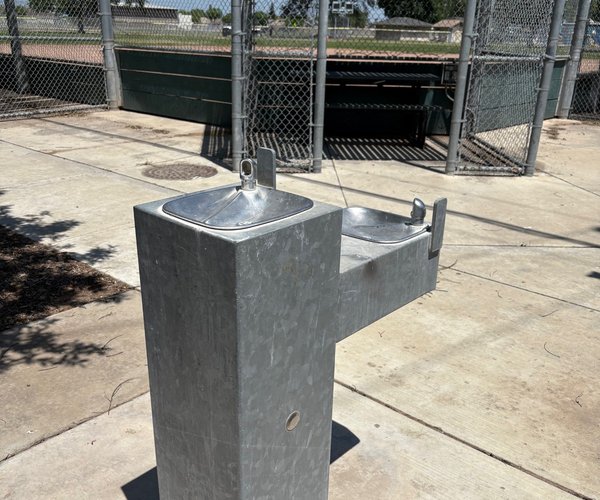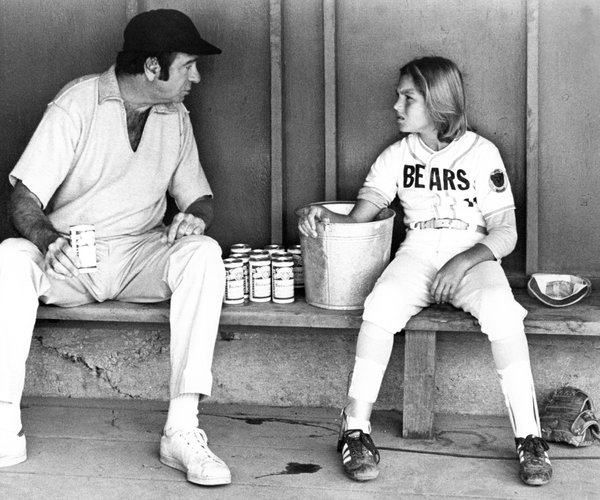Californians have a comprehension problem.
This is not Kansas.
This is not Vermont.
This not Georgia.
This is California.
And our comprehension issues are made worse by our short attention spans.
We’ve been treated to a deluge of click bait in the past few weeks about how the “historic storms” appear to be breaking the drought’s grip. This, we are being told, will temper the upcoming wildfire season.
The more drama, of course that we insert into postings, tweets and TikTok videos means we get more hits to feed either a compulsive need to be the most popular on the internet or to line one’s pockets supposedly just on one’s self-perceived wit and wisdom.
The wet weather so far isn’t breaking the back of an endless cycle of droughts.
It is debatable based on California’s needs that includes siphoning from the Colorado River basin that even if this period of drought is anywhere near the end.
The Southwest is still in the firm grip of its 23rd year of drought. Climatologists base that on natural conditions.
But it is anything but natural what we have done in California as well as Arizona, Utah Colorado, Nevada, and New Mexico for that matter.
We keep dropping straws deeper and deeper into aquifers that took hundreds — if not thousands — of years to amass water.
We don’t seem to understand aquifers are not a bottomless pit.
Admittedly that is not as big a disconnect as of the thousands of people in Arizona that bought homes homes in the middle of the desert with no municipal water supply or domestic wells. Instead, they pay to truck in water while bragging they were able to buy homes $100,000 or more less than their neighbors who have wells
Now they are paying the price. Trucked in water supplies are being cut off due to the drought, and what is available is soaring in price that makes what we plunk down these days for a dozen eggs seem more like a nickel in comparison.
Proof positive Internet “news” site postings are by people who either have just arrived here from New York City or are just clueless in California proclaiming the series of rain storms we have had will ease the upcoming fire season.
Perhaps areas of forests that aren’t still littered with dead or dying trees might not see as severe a wildfire season, but that doesn’t apply to the foothills or wide swaths of the valley.
A firefighter knows all too well what heavy rains translate into — a bumper crop of weeds and brush.
Yes, the Altamont Hills are now a lush green.
But give it a month or so. The golden hills will return. And not far behind will be massive botches of black.
During the past few years of the drought, the brush and weeds haven’t grown as much creating less fuel. The series of atmospheric rivers set the stage for the creation of a bumper crop of combustible vegetation that could fuel much more destructive fires than in the past few years.
Conditions are ripe in many areas of the state not as much for a repeat of the devastating Paradise Fire in 2018 but a number of 1991 Oakland Hills style fires.
That’s because urbanization on the sides, tops, and base of hills has become more prevalent especially in the western sector of the state from Santa Barbara to San Diego and in the greater Bay Area.
The 2018 Camp Fire that wiped out Paradise killed 85 people and destroyed 18,004 homes and other structures burned 153,336 acres.
The 1991 Oakland Hills fire that killed 25 people and destroyed 3,950 single family homes and apartments burned 1,520 acres.
Oakland Hills, at one percent the size of the Camp Fire, demonstrates the exposure that California has this wildfire season.
Rest assured when destructive fires in terms of homes and lives occur this year we will breathlessly be told it’s that old bogeyman at work — climate change.
The truth be told, climate change is more like an accessory to the crime. The main culprit is our stupidity, or to be more polite, our lack of comprehension.
What could possibly go wrong infringing on wildlands such as you see on the western slopes of the Altamont Hills with five plus homes per acre all stuffed with all sorts of wonderful combustible and toxic things?
A century ago, people didn’t build ranch homes and such in wildlands on top — or near the top — of hillsides because they needed to access water for domestic purposes.
Neighbors were few and far between.
Homes weren’t stuffed to the gills with plastic-based products, batteries, and electronics.
And before then it was just the tule elk, California Grizzly bears and everything in between except, of course, the Yokuts and Miwoks who were smart enough to head up to the Sierra to places like Yosemite Valley to “summer homes” as water dried up on the valley floor.
Now there are almost 40 million of us.
Most Californians survive on water imported from out of their respective water basins.
The Los Angeles Basin‘s annual precipitation cannot sustain its population of 13 million people. Even if rainfall is normal for Los Angeles, they are living in a man-made perpetual drought.
They can’t survive without water from the far reaches of the Sacramento River watershed above Redding, the Colorado River that starts in its namesake state, or water from the Mono Lake basin north of Highway 120 on the east side of the Sierra that is diverted into the Owens River on its trip to LA faucets.
California is — and always will be — a cycle of droughts and floods. It will be a place of natural lushness and devastating wildfires.
And when we get into “real history” and not just what amounts to nanosecond in terms of the Earth’s age of 4.543 billion years, California has a cycle of ice and fire with no less than six recorded glacial periods intermixed with volcanoes which, by the way, at least seven meet the definition of being among the world’s 1,500 active volcanoes.
Climate change is very real as evidenced by California.
But most of the destructive weather drama we’re experiencing — and that has the Internet all atwitter trying to capture the attention of users that are as flighty as hummingbirds in terms of their attention span — a direct result of our development patterns.
Unlike the Yokuts and Miwoks we have chosen to ignore nature’s cycles in California.
Greenhouse gas and air pollution are real concerns and need to be addressed
That said, the most effective way to reduce the cycle of destruction we associate with climate change is to understand the terrain and weather that makes California a unique geographic subdivision and to act accordingly
We need to comprehend California so we can get more in tune with nature,
This column is the opinion of editor, Dennis Wyatt, and does not necessarily represent the opinions of The Bulletin or 209 Multimedia. He can be reached at dwyatt@mantecabulletin.com









